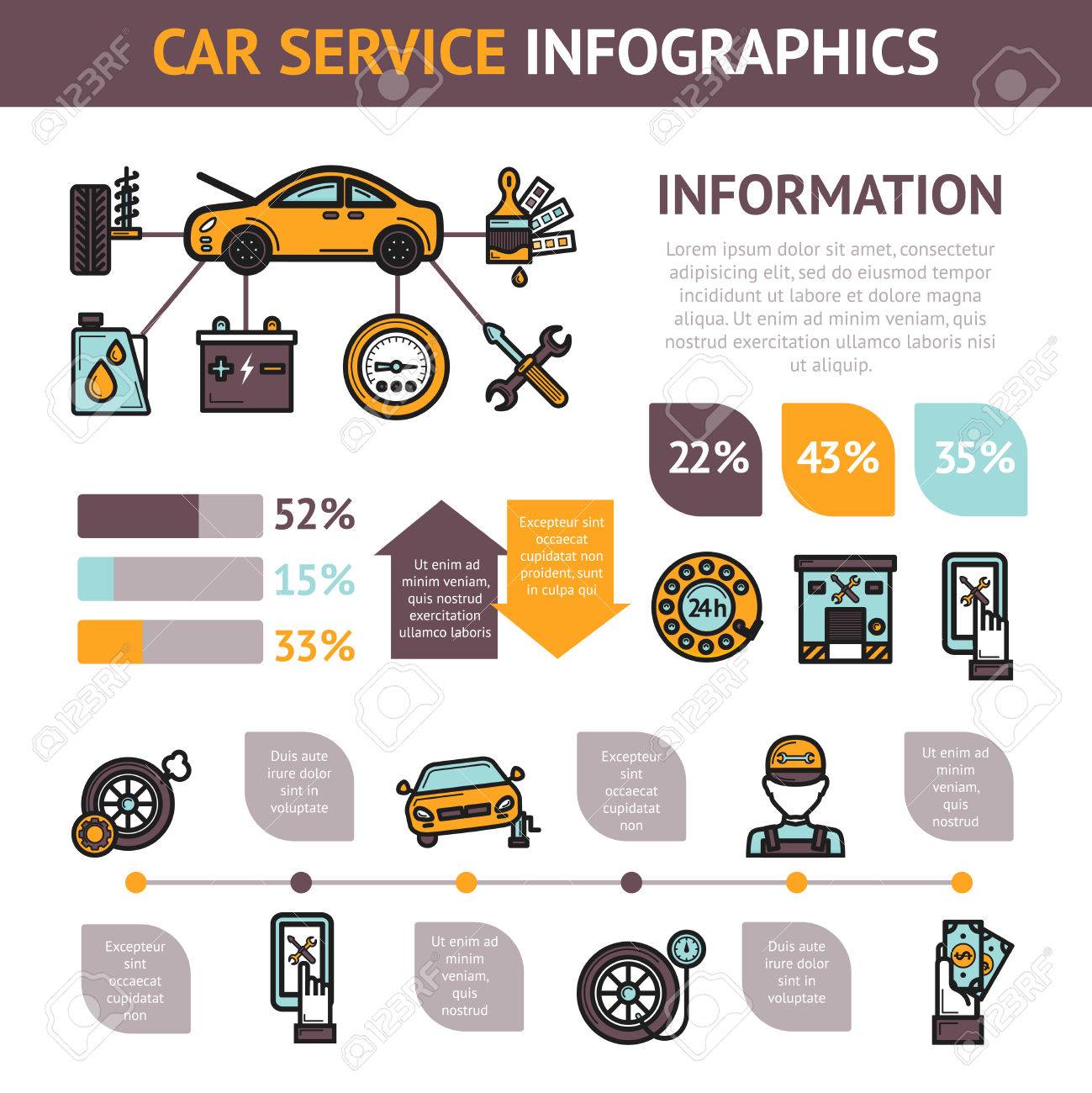Analyzing Your Vehicle'S Caution Indicators: What They Actually Share
Analyzing Your Vehicle'S Caution Indicators: What They Actually Share
Blog Article
Write-Up By-Samuelsen Alvarado
When you lag the wheel, those glowing caution lights on your control panel can be a little bit bewildering. Do you recognize what they're attempting to inform you concerning your vehicle's wellness? Understanding the relevance of these lights is important for your safety and the long life of your vehicle. So, the next time among those lights appears, wouldn't you intend to decipher its message accurately and take the required steps to resolve it?
Common Warning Lighting and Interpretations
Recognize usual caution lights in your cars and truck and comprehend their significances to ensure risk-free driving.
The most typical warning lights include the check engine light, which signals concerns with the engine or exhausts system. If this light comes on, it's vital to have your automobile examined immediately.
The oil pressure warning light suggests reduced oil stress, needing prompt focus to avoid engine damage.
A blinking battery light could recommend a faulty charging system, potentially leaving you stranded if not resolved.
The tire pressure monitoring system (TPMS) light informs you to reduced tire stress, influencing automobile security and gas performance. Neglecting paint correction services might result in harmful driving problems.
The abdominal light shows a problem with the anti-lock stopping system, endangering your capability to stop promptly in emergencies.
Last but not least, the coolant temperature warning light warns of engine getting too hot, which can result in severe damages if not fixed quickly.
Comprehending Find Out More will certainly aid you deal with problems immediately and keep risk-free driving conditions.
Significance of Prompt Attention
Understanding the typical caution lights in your cars and truck is only the initial step; the relevance of without delay dealing with these warnings can't be emphasized enough to ensure your security on the road.
When a warning light illuminates on your control panel, it's your cars and truck's means of interacting a prospective problem that needs focus. Overlooking these cautions can cause more serious troubles down the road, jeopardizing your safety and security and potentially costing you much more out of commission.
Prompt interest to warning lights can stop malfunctions and crashes. For instance, a blinking check engine light could show a misfire that, if left ignored, could create damages to the catalytic converter. Addressing this without delay can conserve you from a costly repair service.
Likewise, a brake system alerting light could signify low brake fluid or used brake pads, critical components for your safety and security when driving.
Do It Yourself Troubleshooting Tips
If you discover a caution light on your control panel, there are a few do it yourself repairing pointers you can try prior to seeking expert aid.
The very first step is to consult your cars and truck's manual to comprehend what the specific warning light shows. Often the problem can be as basic as a loose gas cap setting off the check engine light. Tightening the gas cap might solve the issue.
Another common issue is a low battery, which can trigger various warning lights. Checking the battery links for corrosion and ensuring they're safe could take care of the trouble.
If a caution light continues, you can try resetting it by detaching the auto's battery for a few mins and then reconnecting it. In addition, examining your car's liquid levels, such as oil, coolant, and brake liquid, can assist fix alerting lights connected to these systems.
Verdict
In conclusion, comprehending your car's caution lights is necessary for maintaining your car running smoothly and securely. By promptly resolving these alerts and recognizing what they suggest, you can prevent costly repair services and possible failures.
Bear in mind to consult your automobile's manual for specific details on each cautioning light and act accordingly to ensure a hassle-free driving experience.
Stay educated, remain safe on the road!
